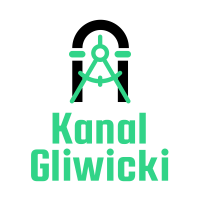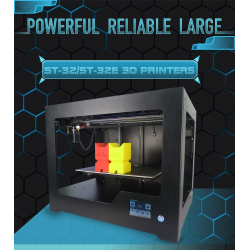3D printing is the improvement of a three-dimensional thing from a CAD model or a modernized 3D model. The expression “3D printing” can allude to an assortment of cycles where the material is saved, joined, or cemented under PC control to make a three-dimensional article, with the material being included like plastics, liquids, or powder grains being merged, ordinarily layer by layer. The modest 3d printer under 500 dollars is gainful for amateurs, understudies, and home clients. It permits them to make impossible things productively for a minimal price.

During the 1980s, 3D printing strategies were considered reasonable just for the creation of practical or tasteful models, and a more proper term for it at the time was quick prototyping. Starting in 2019, the accuracy, repeatability, and material scope of 3D printing have expanded to the point that some 3D printing measures are viewed as feasible as a current creation advancement, whereby the term added substance collecting can be used equally with 3D printing. One of the vital benefits of 3D printing is the capacity to deliver exceptionally complex shapes or calculations that would be generally difficult to build by hand, including empty parts or parts with inner bracket constructions to lessen weight. Intertwined statement demonstrating (FDM), which utilizes a ceaseless fiber of a thermoplastic material, is the most widely recognized 3D printing measure being used starting in 2020.
Printing a 3D model
Before printing a 3D model from an STL document, it should initially be analyzed for blunders. Most CAD applications produce mistakes in yield STL documents, of the accompanying kinds:
- openings;
- faces normals;
- self-crossing points;
- commotion shells;
- complex blunders.
A stage in the STL age known as “repair” fixes such issues in the first model. Generally, STLs that have been created from a model acquired through 3D checking regularly have a greater amount of these blunders as 3D examining is frequently accomplished by highlight point securing/planning. 3D recreation regularly incorporates blunders.
Once finished, the STL document should be handled by a piece of programming called a “slicer,” which changes over the model into a progression of meager layers and delivers a G-code record containing directions customized to a particular sort of 3D printer (FDM printers). This G-code record would then be able to be printed with 3D printing customer programming (which stacks the G-code and uses it to train the 3D printer during the 3D printing measure).
The printer goal portrays layer thickness and X–Y goal in specks per inch (dpi) or micrometers (µm). The regular layer thickness is around 100 μm (250 DPI), albeit a few machines can print layers as slender as 16 μm. X–Y objective is identical to that of laser printers. The particles (3D dabs) are around 50 to 100 μm in diameter. For that printer goal, indicating a lattice goal of 0.01–0.03 mm and a harmony length ≤ of 0.016 mm create an ideal STL yield record for a given model information file. Specifying a higher goal brings about bigger documents without expansion on paper quality.
Development of a model with contemporary strategies can take anywhere from a few hours to a few days, contingent upon the strategy utilized and the size and intricacy of the model. Added substance frameworks can normally lessen this chance to a couple of hours, even though it fluctuates generally relying upon the kind of machine utilized and the size and number of models being made meanwhile.

